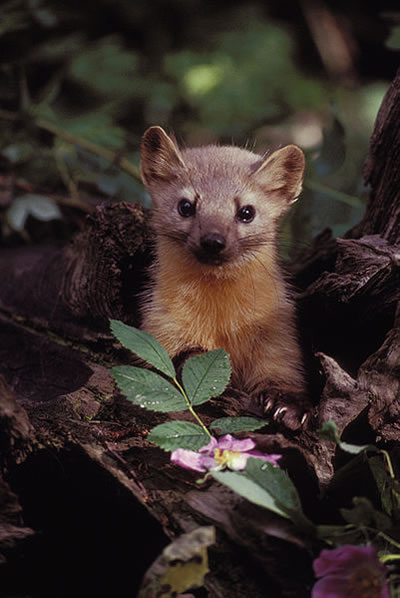Chordates

Facts about creatures
- Home
- Animal Classification
- Animal Habitats
- Amphibians
- Arthropods
- Bats
- Birds
- Carnivorans
- Cetaceans
- Chordates
- Crustaceans
- Dinosaurs
- Diprotodonts
- Elephants
- Fish
- Golden Mole
- Insects
- Lagomorphs
- Mammals
- Mammal Teeth
- Marsupial Mole
- Metamorphosis
- Mollusks
- Primates
- Reptiles
- Rodents
- Ruminants
- Soricomorphans
- Tenrec
- Tetrapods
- Vertebrates
Chordates
A chordate is an animal that has a notochord – a flexible rod that runs along the inside of the body – at some time in its life.
Human beings are chordates.
In a chordate, the notochord lies near the back and provides the body with support.
For at least part of its life, every chordate has a neural tube that runs along its notochord.

In some chordates, the front end of the neural tube is enlarged and forms a brain.
At some time in their lives, all chordates have pharyngeal slits. These are segmented slits in the pharynx, or throat. They are used to filter materials in and out of water.
The pharyngeal slits of some chordates are used to filter food from water.
In most chordates, however, pharyngeal slits serve as gills, or gill slits – respiratory organs that enable the animal to breathe by taking in oxygen that is dissolved in water and releasing carbon dioxide.
Most chordates that live on land have gills only when they are embryos. They lose their gills before they hatch or are born.
Amphibians are chordates that begin their lives in the water and then, after metamorphosis, generally move to the land. Amphibians usually lose their gills during metamorphosis.
Every chordate has a tail during some part of its life. This tail is known as a “post-anal tail” because it extends beyond the anus – the opening at the end of the body through which solid waste is excreted.
Many chordates lose their tails at some point in their lives.
For example, tadpoles have tails, but lose then during metamorphosis, when they become adult frogs and toads.
A human embryo has a tail, which is absorbed into the body before the human is born.
There are three main groups of chordates, the tunicates (Urochordata), the lancelets (Cephalochordata), also known as amphioxi (singular is amphioxus), and the Craniates (Craniata).
Craniates
Craniates are chordates that have hard skulls that are made of cartilage or bone.
All craniates have a head that contains a brain and organs for seeing, hearing and smelling. The brain and sensory organs are protected by a skull, or cranium.

The craniates includes all the vertebrates as well as a class of jawless fish called hagfish (Hyperotreti or Myxini).
Most chordates are vertebrates.
A vertebrate usually has a notochord and a neural tube only when it is an embryo.
Before vertebrate hatches or is born, its notochord is usually replaced by a more rigid spinal column (backbone), and its neural tube becomes a spinal cord.
A lamprey, which is a vertebrate, keeps its notochord throughout its life. It grows small pairs of cartilage, known as arcualia, above its notochord.
Hagfish are craniates but not vertebrates. They are the only animals that have skulls but no backbones. In a hagfish, the notochord never develops into a backbone.
The earliest craniates that we know of lived 480 million years ago. These were jawless fish that lived in the ocean.